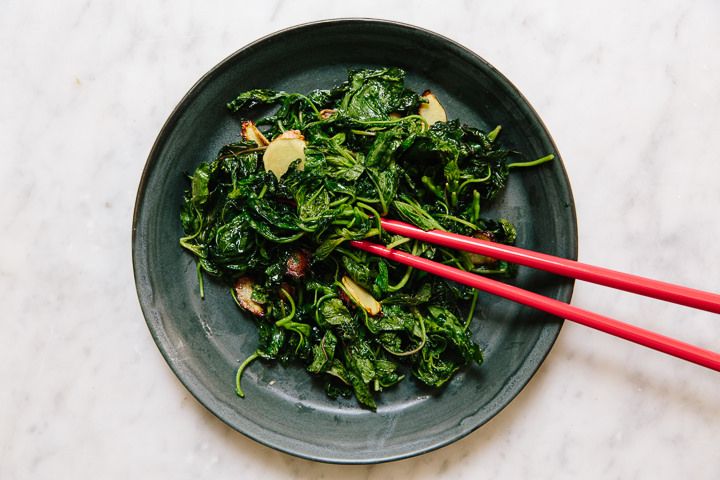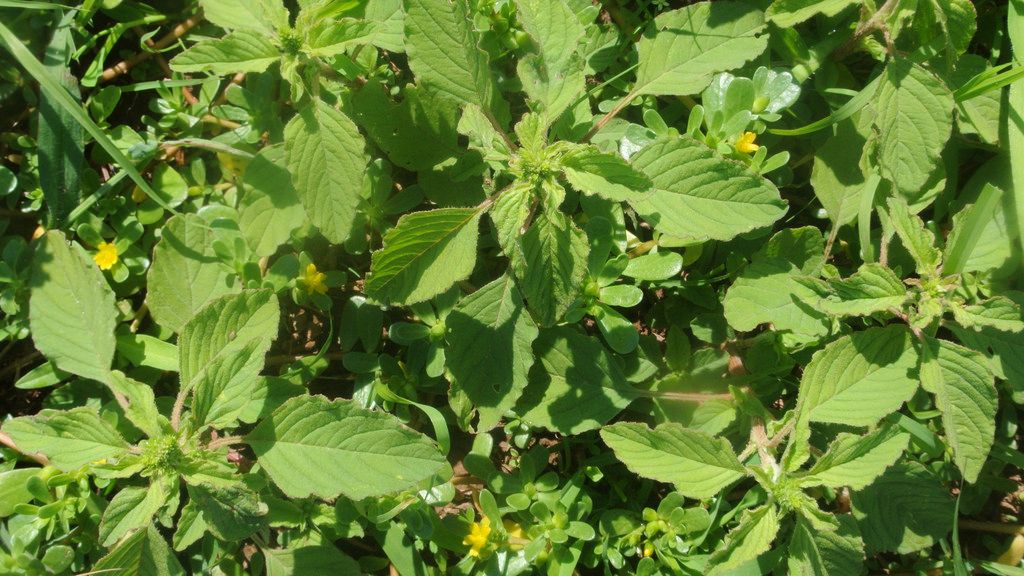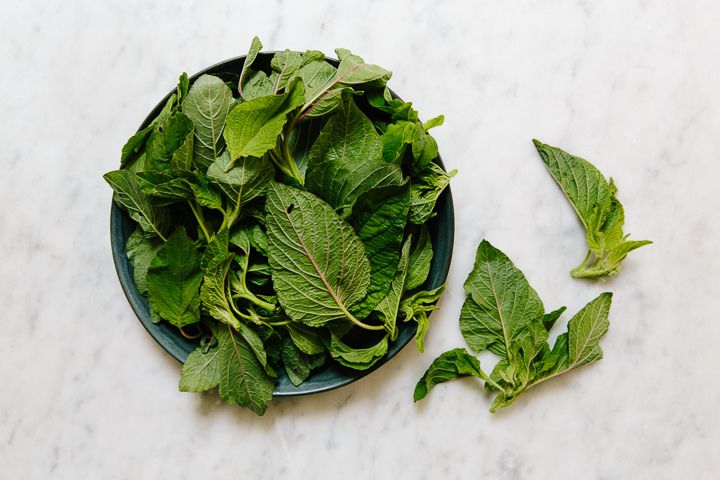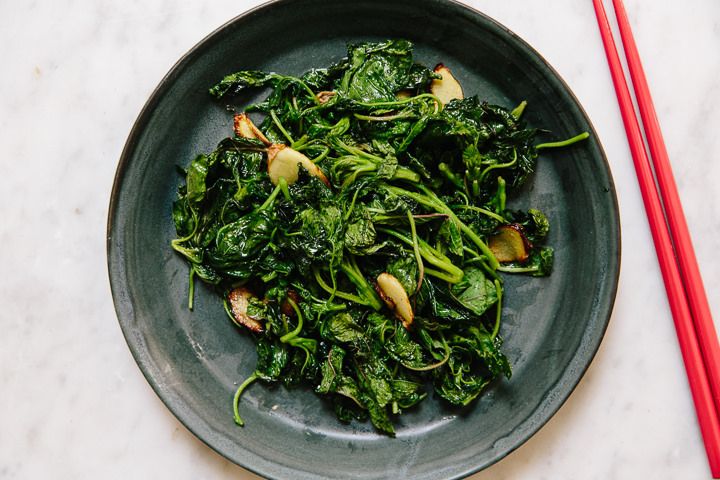Foraged vegetables are always more fun to cook. So our resident forager, Tama Matsuoka Wong, is introducing us to the seasonal wild plants we should be looking for, and the recipes that will make our kitchens feel a little more wild.
Today: Amaranth isn't just another weed -- here's how to cook this prolific leafy green.

I used to only associate amaranth with its seed, an important staple grain for the ancient Aztec civilizations of central and south America. Rich in amino acids, magnesium, and iron, it's still cultivated today and can be found in grocery and health food stores, along with amaranth flour, which is gluten-free.

Farmers have always appreciated amaranth's ability to grow on parched soil. Its resilience also makes it one of the most common summer weeds -- it's among the first to grow between crops, in vegetable gardens, and on fields. Because of its Herculean growth rate, Amaranth is also know as pigweed, or by some agriculturalists, "Enemy of the State."
There are many types of amaranth: Some varietals grow 7 feet tall and are cultivated primarily for grains, whereas others are more ornamental -- like the "Love Lies Bleeding" varietal, which, though edible, is used primarily to make red dye. But, in many places -- including China, India, Mexico, Greece, and Africa -- amaranth is enjoyed as a leafy green.

Many wild varieties grow in North America, as well: palmer, redroot, smooth, and powell, for example. Generally, amaranth leaves are oval, with a rounded tip, and their surface is lined with veins. You'll also notice that its roots are tinged red, and its densley packed green flowers shoot out from the center of the plant's highest leaf cluster. For more information about a specific amaranth species, see this guide to identification characteristics.

This "weed" has become a good friend of mine. I don’t wait for the seeds (they are the size of mustard seeds and need to be separated from the chaff) -- instead, I clip off the tender tops and side shoots of the young plant before the large flower head forms. Amaranth's taste is nutty and sweet, and its coarse texture holds up well under high heat. I prefer them stuffed in phyllo pastries, tossed in summer pastas, or as an Asian stir-fry, like I did here.

Southeast Asian Amaranth Stir-Fry with Ginger
6 cups amaranth leaves and stems, clipped from the top 3-inches of the plant
2 to 3 tablespoons canola oil (or enough to coat the bottom of a wok or pan)
1 tablespoon sliced ginger
1 tablespoon fish sauce
See the full recipe (and save and print it) here.
Field photo by Tama Matsuoka Wong, all others by Yossy Arefi
Note: Be careful not to confuse amaranth with Carolina horsenettle (Solanum carolinense), which often grows next to it -- it's is a toxic member of the nightshade family. Its leaves have teeth, a pointy tip, and prickly stems.






See what other Food52 readers are saying.